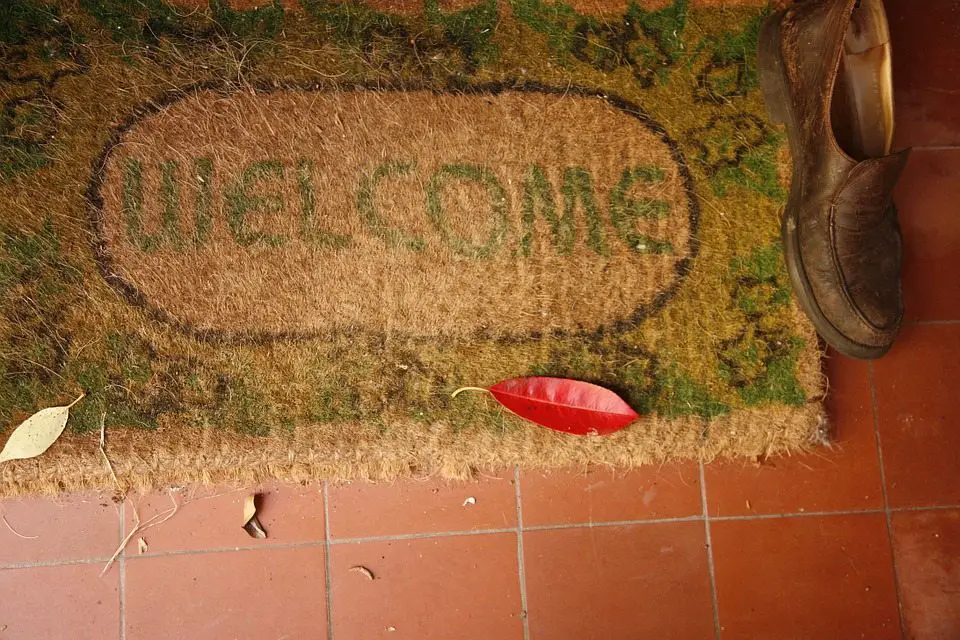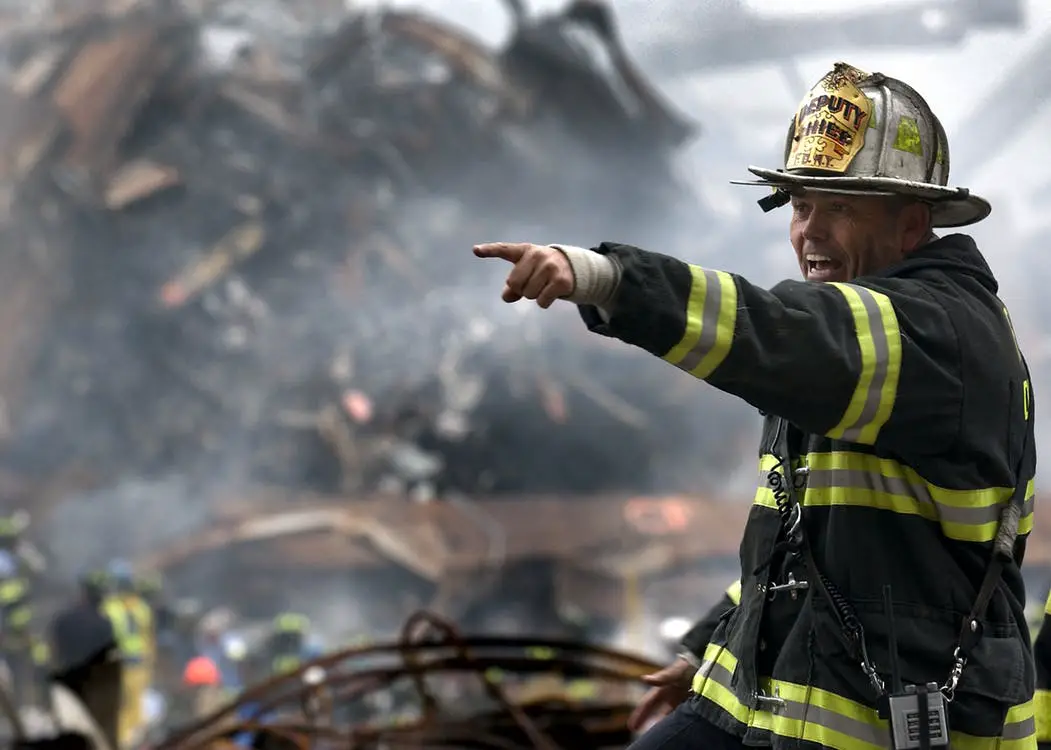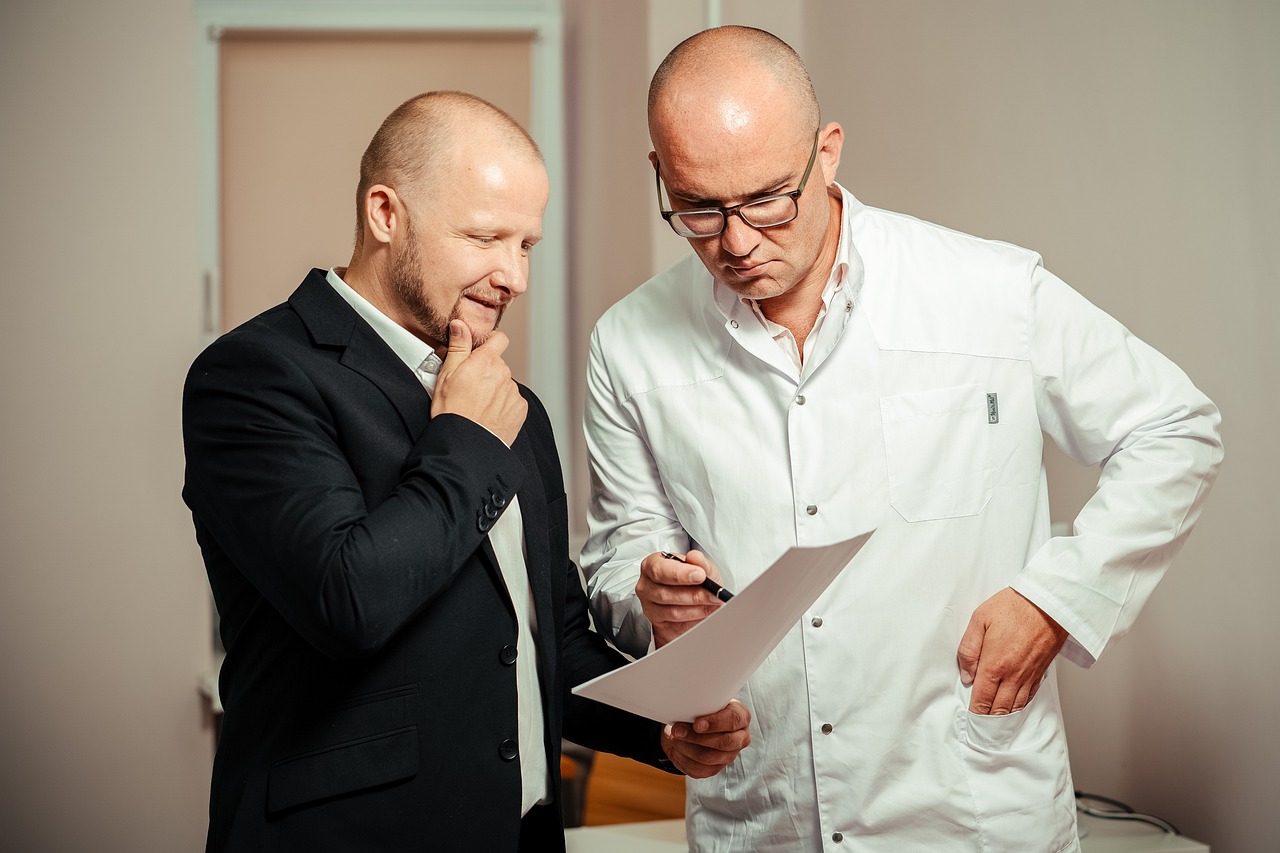
As part of the radiology residency interview trail, most interviews begin with a welcome presentation delivered by the program directors. I know. Your eyes may start to glaze over as you think about these presentations. All of them blur together by the time you have reached your second or third interview.
But wait… Maybe there is more to these conferences than meets the eye. Although sometimes painful, these presentations are chock full of information that will become very important once you begin the radiology residency. And, believe it or not, the initial program director lecture content usually does summarize the residency programs well. So, try your best to maintain awareness instead of falling asleep in that comfy chair in a warm room with the program director droning on about the program. Listen very carefully and take notes. Your future career is on the line. Ignore it at your peril!
To summarize for today, my goal is to cue you on what you should tune into when you hear these lectures. Most quality presentations contain wide-ranging information, from residency rotations to information about ancillary staff and even imaging equipment. But what do you need to get out of the production? I’ve divided some of the most important themes you may not find elsewhere with the following subheadings: program theme, staff availability, teaching methods, program stability, and fellowship connections. We will go into all of these in more detail.
Program Theme
Every program has a general theme. Some programs are academic. Others produce community radiologists. And even others gear themselves to the interventional radiologist. Usually, the presentation develops one or more of these general themes. Most of the time, you will not find this information on the website or paper. For instance, I can tell you that when I gave the welcome presentation, I emphasized how our program runs as a private practice in an academic community setting. It doesn’t say that anywhere on the website or in the packets we give the applicants. You will be hard-pressed to find this information elsewhere. So, you need to take notes and write down the kind of program you are interviewing.
Staff Availability
Often, the welcome lecture summarizes how open the program is to input from the residents. Can you ask the attending a question on the fly? Or do you have to make an appointment month in advance to get the program director’s ear? You can derive a sense of the general communication between the residents and the attendings from the interaction with the program director and residents during the welcome session. Again, you won’t receive this information quickly from other sources.
Teaching Methods
Most presentations mention the styles that attendings utilize to teach the residents. Does the program emphasize multiple-choice questions at conferences? Do they like to use the Socratic method of teaching how to read films? Or maybe, the residents are taught chiefly by total immersion in the rotation. For some residents, this may be a crucial determiner of the effectiveness of their learning over four years. I’m unsure how you begin to find this information unless you know the other residents or the program director well.
Program Stability
If you listen carefully, the program director may talk about the attending staff at the institution. Are they all young? (Usually, that means there has been a recent collapse of the residency program) Or, as I like to say, do all the staff members stay around until they are in a “proverbial box.” The average age of the staff is 70. (If you see a residency program like this, maybe they churn their young attendings) This information can also be hard to come by using other means.
Fellowship Connections
Usually, you can find out where the former residents went to their fellowships after residency online. However, the program director may drop hints about getting their residents into these fellowships. That is just as important. Do the attendings have deep seeded connections at other institutions? Or rather, the program director may not talk about staff connections at all (A red flag!). Typically, the welcome presentation will divulge some additional information about these connections.
The Welcome Presentation- More Than Meets The Eye
As you can see, a welcome presentation is more than just a summary of all the information everyone already knows about the program. Typically, it summarizes facts about a residency program that you may not be able to find easily elsewhere. So, I recommend listening (as dull as some of them may be!). You may learn a thing or two that will help you decide where you want to match!
















